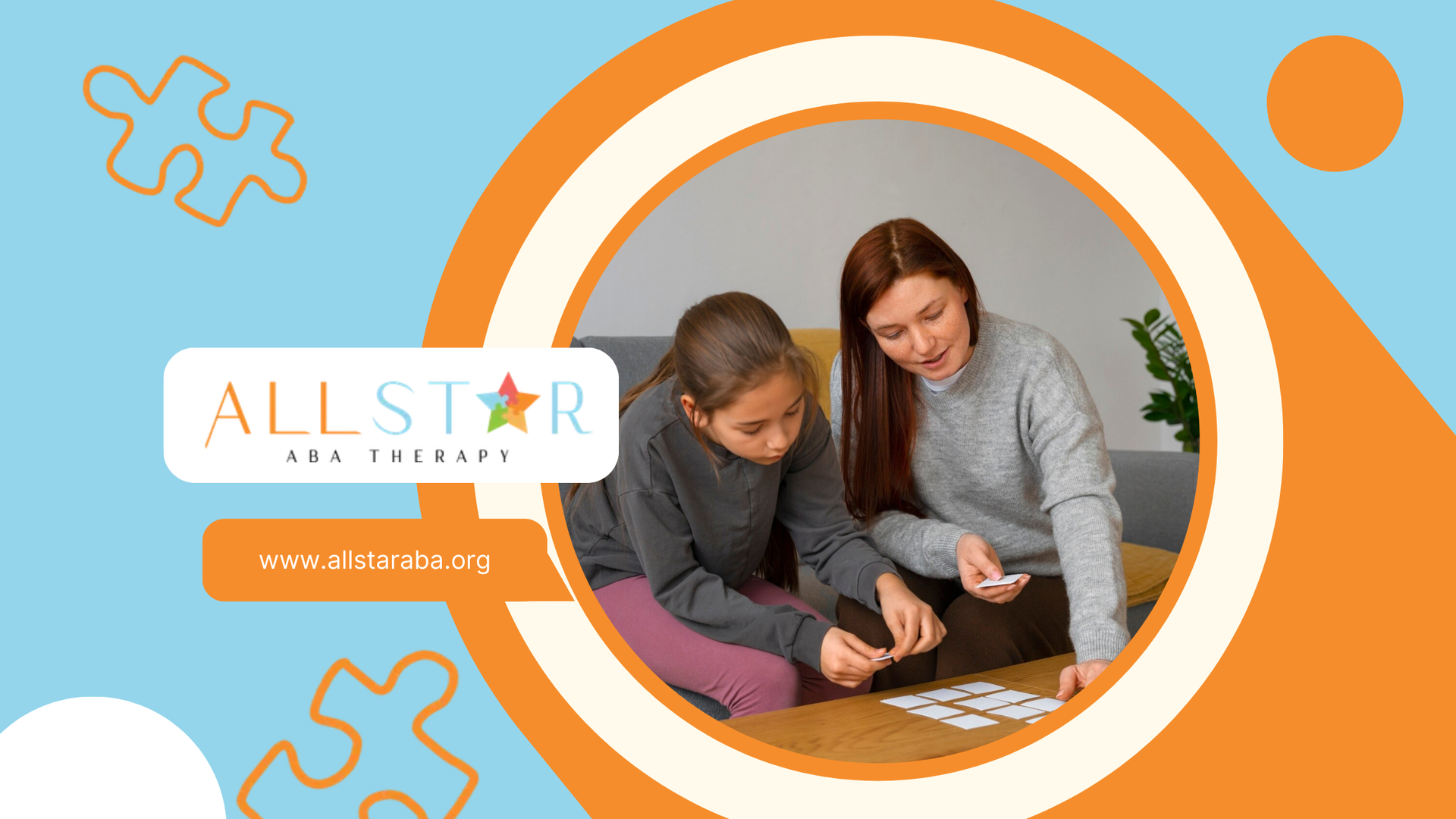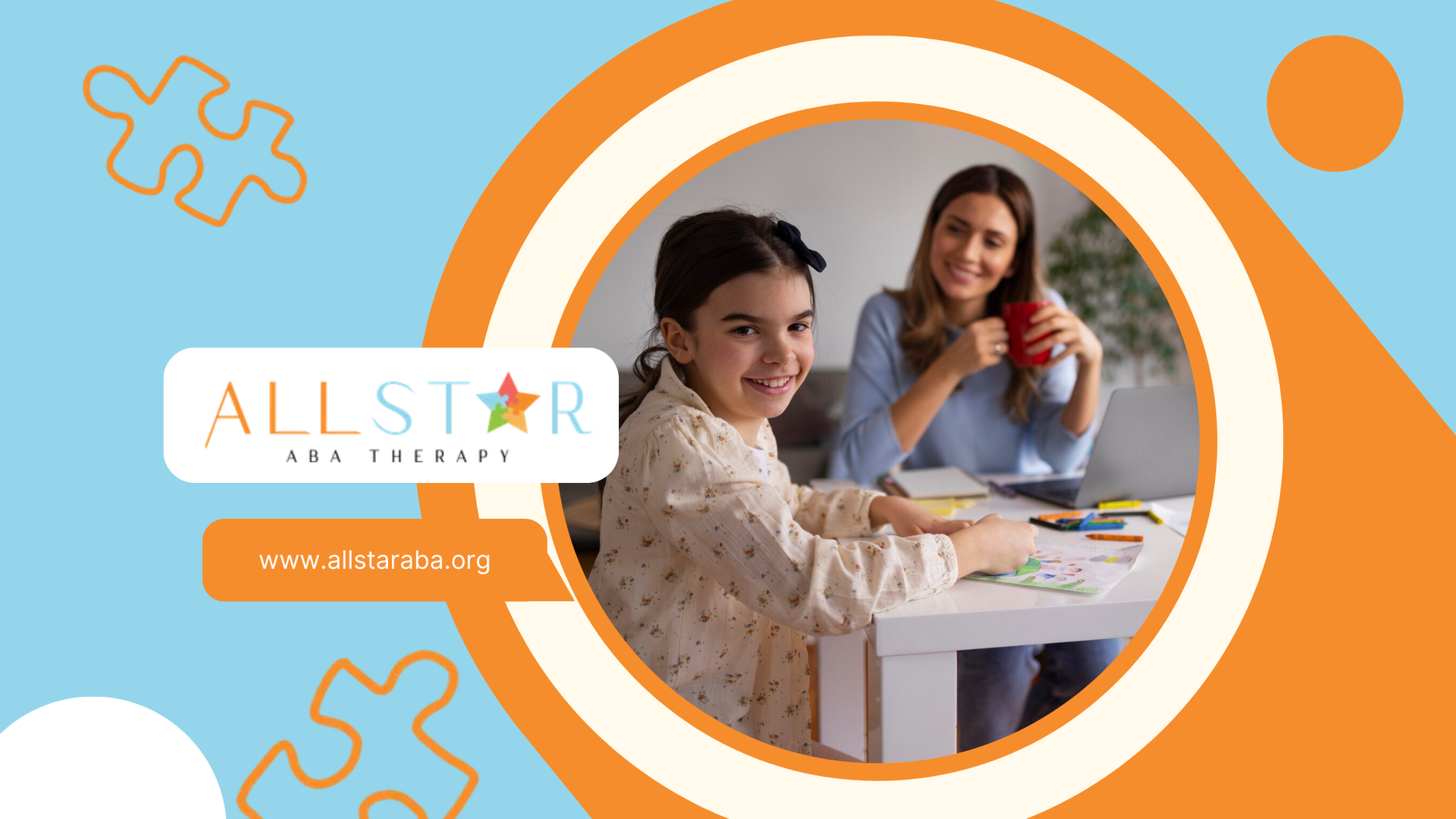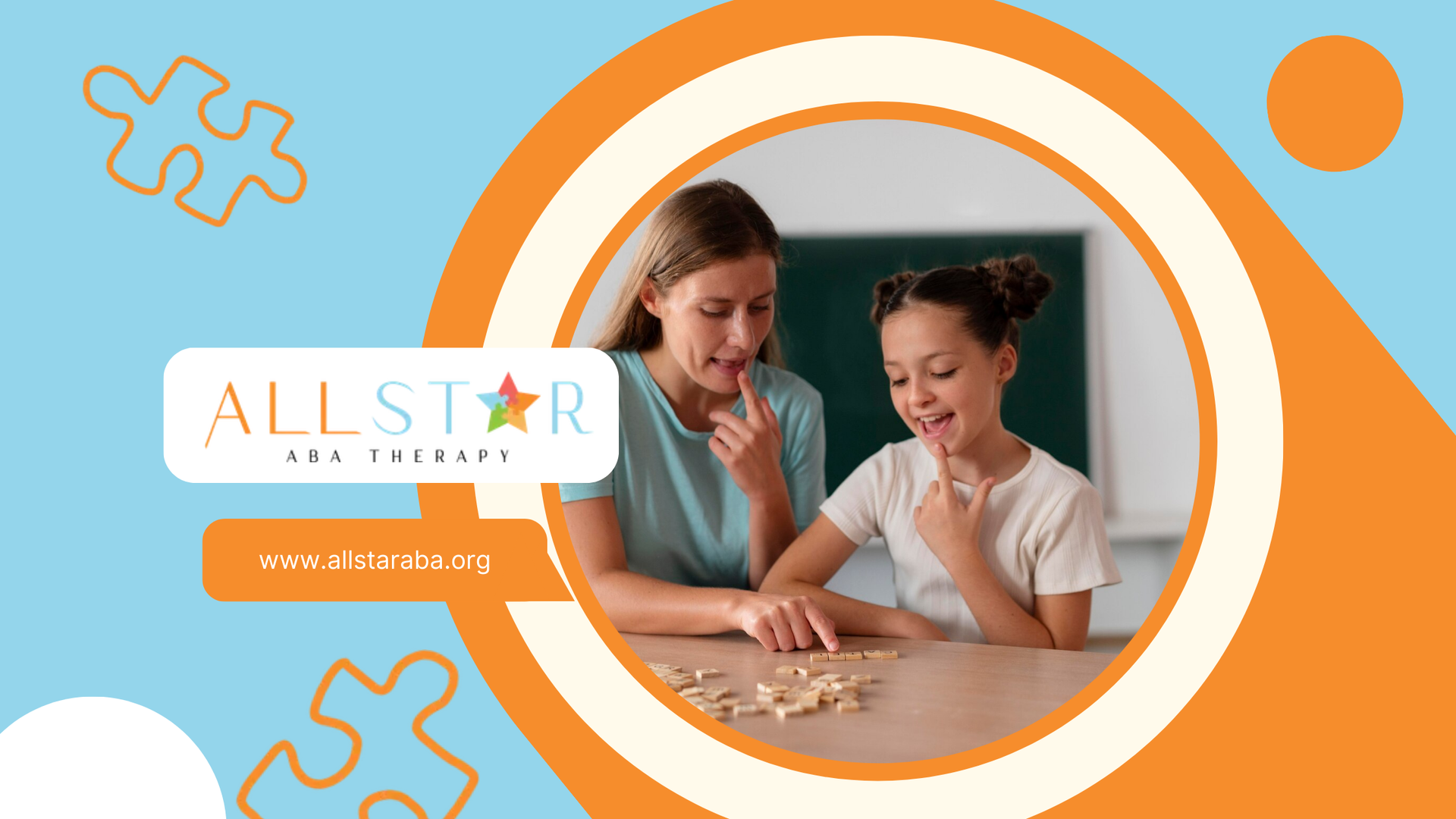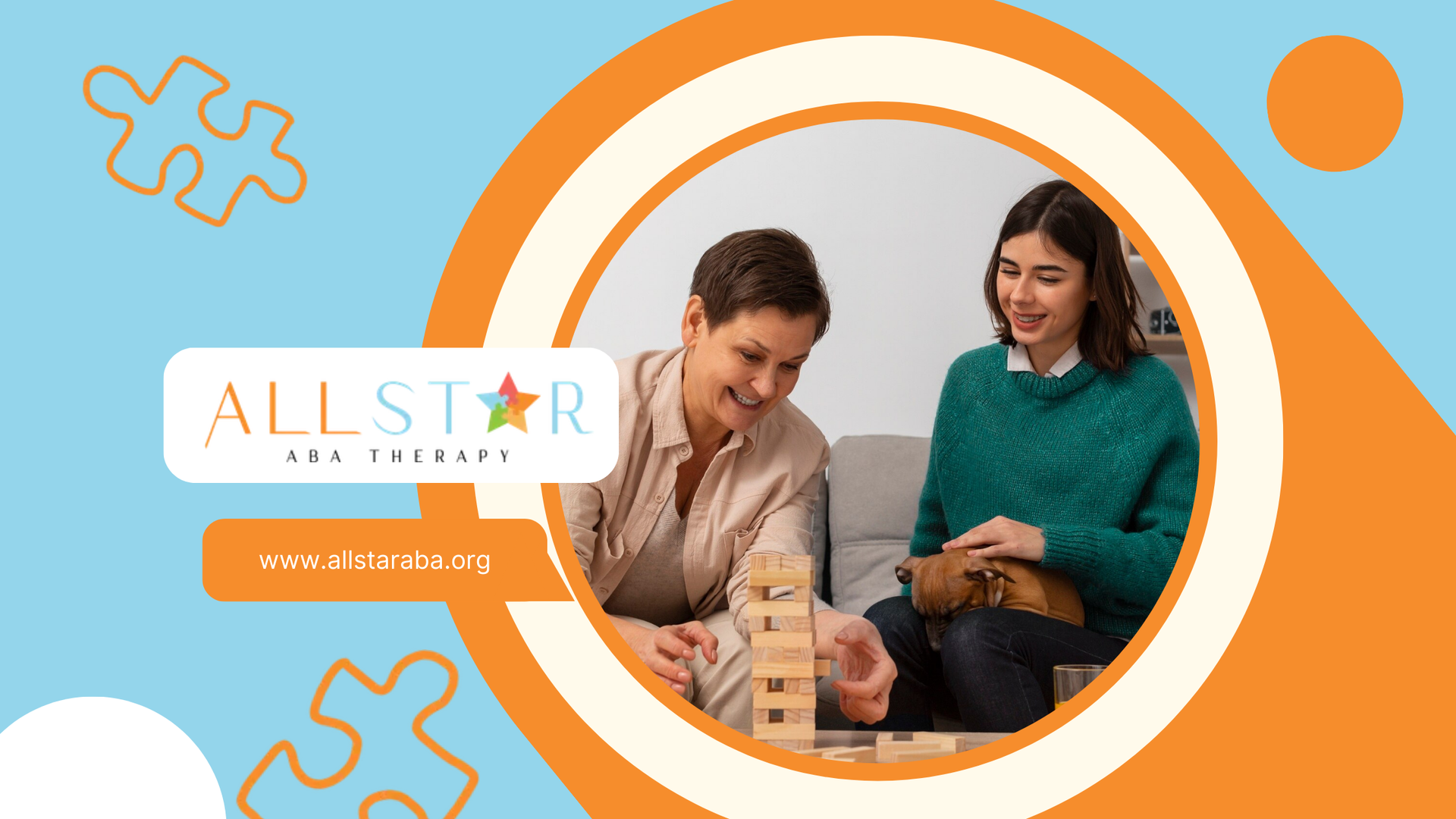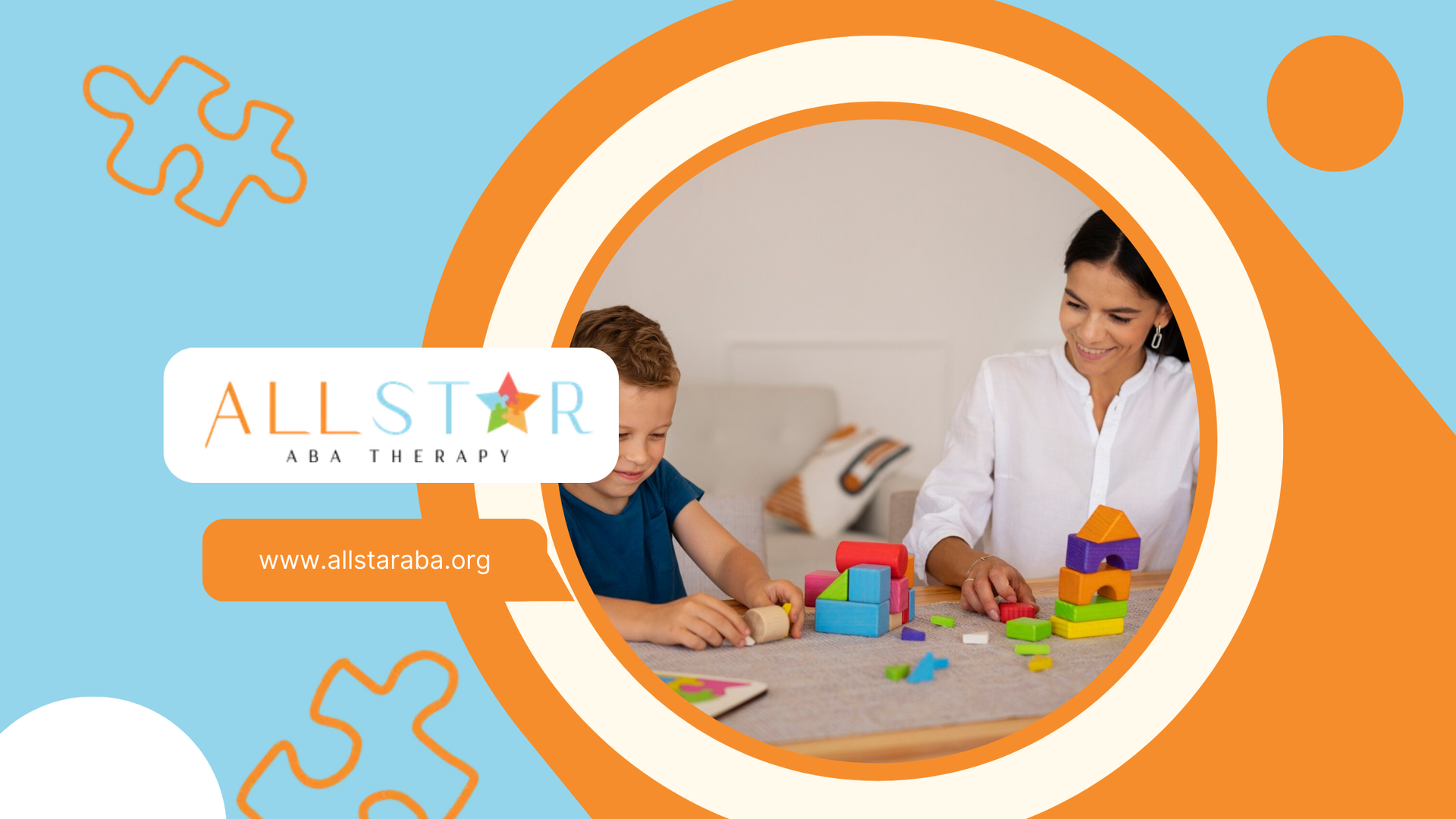New Paragraph
AAC Devices for Autism: Enhancing Communication Skills
Communication is a fundamental aspect of human interaction and plays a crucial role in a person's overall development and well-being. For individuals with autism, communication difficulties can lead to frustration, anxiety, and social isolation.
However, alternative and augmentative communication (AAC) devices provide a solution to these challenges. AAC devices are tools and technology that help individuals with communication difficulties to express themselves effectively.
Exploring AAC Devices and Autism
In the context of autism, the use of AAC devices is crucial for supporting language development and communication. Individuals with autism often face challenges in understanding and using spoken language, which makes it difficult for them to express themselves effectively.
Defining AAC in the Context of Autism
AAC refers to any means of communication used by individuals who have difficulty with verbal speech. In the context of autism, AAC devices are specifically designed to support individuals with autism in expressing themselves effectively.
These devices serve as alternative communication methods, providing visual representations of language that can be used to communicate wants, needs, and thoughts. AAC devices are tailored to meet the unique communication needs of individuals with autism, taking into consideration their specific challenges and preferences.
Benefits of AAC Devices for Autistic Children
AAC devices offer several key benefits for autistic children. By using AAC devices, autistic children can overcome communication barriers and experience improved communication skills, increased independence, and enhanced social interactions.
Fostering Enhanced Communication Abilities
AAC devices play a vital role in fostering enhanced communication abilities for individuals with autism. Speech-language pathologists (SLPs) are professionals who work closely with individuals with autism to assess their communication skills and provide appropriate interventions.
SLPs can use AAC devices as part of their therapy sessions to develop and enhance communication skills in individuals with autism. By using AAC devices, individuals with autism can practice and improve their verbal communication skills.
SLPs also work with individuals with autism to develop strategies for using AAC devices effectively, ensuring that they can communicate their thoughts, needs, and wants to others.
Supporting Emotional Expression and Social Interaction
AAC devices not only support communication skills but also facilitate emotional expression and social interaction for individuals with autism. Communication boards, a type of AAC device, provide individuals with autism with a visual tool to express their emotions effectively.
By using communication boards, individuals with autism can communicate their feelings and emotions to others, facilitating better social interactions. AAC devices also provide a means for individuals with autism to engage in conversations, express themselves, and build relationships.
Types of AAC Devices
There are various types of AAC devices available to meet the diverse communication needs of individuals with autism. Some common types of AAC devices include picture or symbol-based communication boards, speech-generating devices, and text-to-speech applications.
Manual and Electronic AAC Devices
AAC devices can be categorized into two main types: manual AAC devices and electronic AAC devices. Manual AAC devices include communication boards that use pictures or symbols to communicate messages. These boards can be physical or electronic and are particularly useful for individuals with limited motor skills or technology access.
Electronic AAC devices, on the other hand, use technology such as touch screens or eye-tracking to enable communication. These devices often include speech-generating capabilities and can be highly customizable to meet the specific needs of individuals with autism. Both manual and electronic AAC devices have their own advantages and can be used based on individual preferences and capabilities.
From Low-tech to High-tech: Finding the Right Fit
When selecting an AAC device for an individual with autism, it is important to consider their specific needs and capabilities. Some individuals may benefit from low-tech AAC devices, such as communication boards or picture exchange communication systems (PECS).
These devices are often simpler and more affordable, making them suitable for individuals with limited motor skills or technology access. On the other hand, high-tech AAC devices, such as devices with touch screens or eye-tracking capabilities, offer advanced features and customization options. A text table comparing the features and benefits of low-tech and high-tech AAC devices can help in finding the right fit for the individual.
Selecting the Perfect AAC Device
Selecting the perfect AAC device for an individual with autism requires careful consideration of their specific communication needs and capabilities. It is important to assess the individual's receptive and expressive language skills, motor skills, and preferred mode of communication.
Assessing the Child’s Needs and Capabilities
Assessing the needs and capabilities of the child is an essential step in selecting the appropriate AAC device. A comprehensive assessment conducted by a qualified SLP can provide valuable insights into the child's communication skills, receptive and expressive language abilities, cognitive functioning, and motor skills.
The assessment may include standardized tests, observation of communication behaviors, and interviews with parents and caregivers. By assessing the child's needs and capabilities, the SLP can determine the most suitable AAC device that aligns with the child's communication goals and abilities.
Practical Considerations: Cost, Durability, and Portability
Practical considerations such as cost, durability, and portability are important factors to consider when selecting an AAC device. AAC devices can vary in cost depending on the type of device, features, and customization options.
It is essential to consider the budget and insurance coverage to ensure affordability. Durability is another important factor, especially for children who may require a device that can withstand frequent use and potential accidents.
Portability is also important to consider, as some individuals may need a device that can be easily carried and used in various settings. By taking these practical considerations into account, individuals with autism can find an AAC device that meets their specific needs and lifestyle.
Integrating AAC Devices into Daily Life
Integrating AAC devices into daily life is crucial for individuals with autism to fully benefit from their use. By making AAC devices a natural part of daily activities, individuals with autism can enhance their communication skills and independence.
Strategies for Home and School Integration
AAC devices play a vital role in enhancing communication skills for individuals with autism both at home and in school. To ensure the successful integration of AAC devices into daily routines, it is important to establish a collaborative approach between home and school environments.
At home, parents can create a communication-friendly environment by incorporating AAC devices into daily activities. They can encourage their child to use the device to express their needs, wants, and thoughts in various settings. It is essential to provide support and reinforcement for the use of AAC devices consistently.
In schools, collaboration with the school district is crucial. It is important to work with the Individualized Education Program (IEP) team to ensure that the child's communication needs are addressed effectively. This may involve training school staff on how to support the use of AAC devices, creating visual supports in the classroom, and providing opportunities for the child to practice using the device in different contexts.
Challenges in AAC Device Adoption
While AAC devices can greatly enhance communication skills for individuals with autism, there can be challenges in the adoption and use of these devices. Some common challenges include resistance to change, motor planning difficulties, and limited access to AAC devices.
To overcome these challenges, it is important to provide comprehensive training and support. Occupational therapists can play a crucial role in assisting individuals with autism in developing the motor skills necessary to use AAC devices effectively. They can provide strategies to improve motor planning and coordination, as well as assistive technology recommendations based on the individual's needs and abilities.
In addition, creating a supportive and motivating environment is essential. This can be achieved by incorporating visual supports, providing opportunities for communication, and reinforcing the use of AAC devices consistently. Working closely with speech-language pathologists and other professionals can help address and overcome any challenges that may arise during the adoption and use of AAC devices.
Conclusion
AAC devices have revolutionized communication for individuals with autism, providing a vital tool for enhancing language skills, social interaction, and overall quality of life.
By offering alternative means to express thoughts, needs, and emotions, these devices pave the way for greater independence and improved relationships. When selecting an AAC device, it's essential to consider the individual's unique needs and capabilities to ensure the best fit and maximum benefit.
Reach out to All Star ABA today to learn more about how we can assist your family in enhancing communication skills and fostering growth through our applied behavior analysis therapy services. Let us help your child shine with confidence and success in every interaction.
Frequently Asked Questions
How to Start the Process of Obtaining an AAC Device?
To start the process of obtaining an AAC device, it is recommended to consult with a speech-language pathologist. They can assess the individual's communication needs and guide the selection and acquisition of the most appropriate AAC device. This may involve trying out different devices, such as AAC apps, picture-based communication boards, or high-tech devices like PRC devices, to determine the most effective method of communication.
Need Support?
We're Here to Help!
Our experienced team is ready to assist you. Reach out today to discuss how we can support your child's development and well-being.
Get started with expert ABA therapy today.
Related posts

All Star ABA delivers the gold standard of care, Applied Behavioral Analysis (ABA) therapy, for individuals diagnosed with ASD, from infancy to age 21.
Quick Links
All Rights Reserved | All Star ABA


